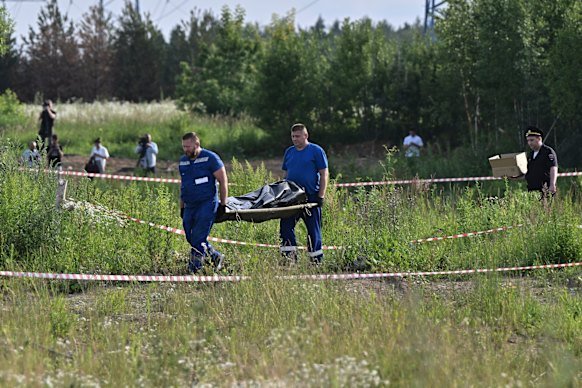Farmers have warned that wildfires are a “disaster waiting to happen” as a third heatwave looms.
The Met Office has issued seven red “very high” UV alerts ahead of the third heatwave in four weeks.
Temperatures are expected to climb into the low 30s again from Wednesday into next week, following the UK’s warmest spring on record and driest for more than 50 years.
Gareth Wyn Jones, a sheep farmer and campaigner from Llanfairfechan, has sounded the alarm over the threat of wildfires on arid UK farmland.
He told The Telegraph: “Of course we are fearful, we’ve got mountains like tinder boxes and no one listens.”

Copy of 0207 Europe heat map
Mr Wyn Jones, whose family have farmed in Wales for over 370 years, said the incentivised removal of grazing sheep from upland areas was creating a dangerous build-up of dry vegetation.
“They don’t understand that ruminants keep these areas from burning,” he said, adding: “It’s a disaster waiting to happen.
“Steve Reed [the Secretary of State for Environment and Rural Affairs] wants to clear animals from the uplands and give more money to help wildfires.”
Natural England, the Government’s nature watchdog, has been incentivising farmers to remove animals to protect wildlife and prevent overgrazing, leading to sheep numbers in England falling by 7 per cent in the last two years.
The Moorland Association has estimated that there are now 600,000 tons of extra vegetation being left on the land each year.
Earlier this year, Andrew Gilruth, the association’s chief executive, said that “sooner or later there will be a strong wind blowing the wrong way with our northern cities most at risk”, adding: “It may happen under Angela Rayner’s watch.”
In March, fire crews tackling a moorland fire in Cumbria said that the “fire loading” of dead vegetation was “increasing the risk of wildfire”.
By April, more than 29,200 hectares (292sq km) of land had been scorched by wildfires, according to satellite imagery from the Global Wildfire Information System.

A helicopter douses a wildfire with water on the Isle of Bute in Scotland, in April – Jeff J Mitchell/Getty
This was already higher than the total for any year since the researchers started recording data in 2012.
Last week, a wildfire broke out in the Shropshire Hills, prompting homes and businesses to be evacuated while farmers tackled the blaze.
In 2023 the cost of farm fires in the UK increased by 37 per cent to an estimated £110.3 million, according to NFU Mutual’s latest data.
Rachel Hallos, the NFU vice-president, said wildfires were “a serious threat to the countryside”.
She told The Telegraph: “We can see how fast these fires can spread, putting both people and animals at risk and destroying valuable crops, grassland and infrastructure.
“Farmers are on the front line of this crisis, but we can’t tackle this alone. It’s vital that government and fire services work with us on prevention, education and response and urgently review whether some changes in land management – particularly in the uplands – could be increasing wildfire risk as hotter, drier summers become more frequent.”
Ms Hallos urged all those enjoying the countryside this summer to do their part in abiding by the Countryside Code, avoiding open fires and reporting any signs of fire immediately.
“Protecting our farmland means protecting our food, our environment and our rural way of life,” she added.
The Met Office’s definition of a heatwave is three consecutive days of temperatures exceeding the “heatwave threshold” for that part of the country. For most of the UK, this is 25C, with slightly higher numbers for the South and East, rising to 28C in London.
Dan Holley, the deputy chief meteorologist, said that “this heatwave is likely to last longer than previous ones so far this summer and affect a wider area”.
He explained that high pressure from the Atlantic would “gradually exert influence over the UK this week”, with temperatures building from 28C on Wednesday, to 30C on Thursday to 32C on Friday.
“By this stage, heatwave criteria are likely to be met in parts of England and Wales, and in parts of Scotland over the weekend,” he said, adding: “High temperatures are likely to persist into the weekend, especially away from coasts with onshore winds, reaching the low 30s in portions of England and Wales, and accompanied by rising humidity and warmer nights.”
Waters to the south of the UK are also experiencing a significant marine heatwave, with the conditions expected to persist and intensify over the coming week.
A spokesman for the National Fire Chiefs Council told The Telegraph: “With the long, dry and warm conditions continuing, we will see an increased risk of wildfires. This is especially important in those areas where communities border the countryside and there is greater risk to life and property.
“Effective land management will reduce or at least mitigate some of that risk to those lives and property. This might be done on an individual or community level – for example, with projects like Firewise-UK which encourages communities to work together to reduce their wildfire risk by taking practical steps in the area around the home and garden – or by land managers on a larger scale.”







